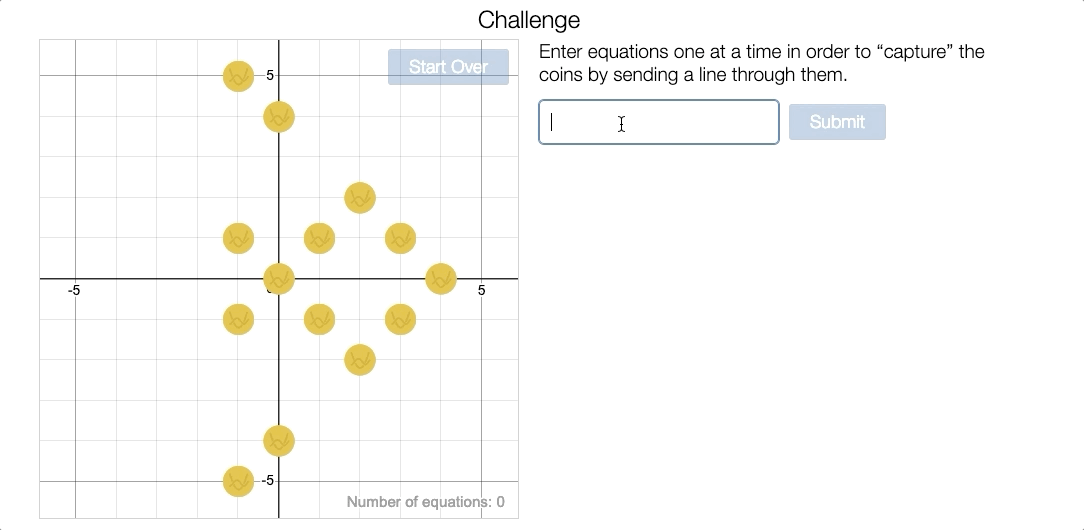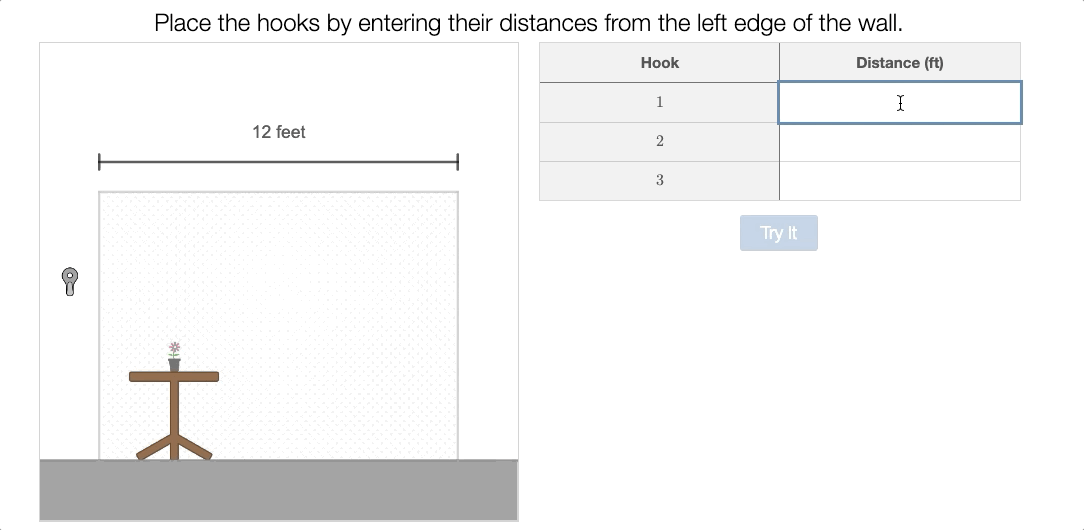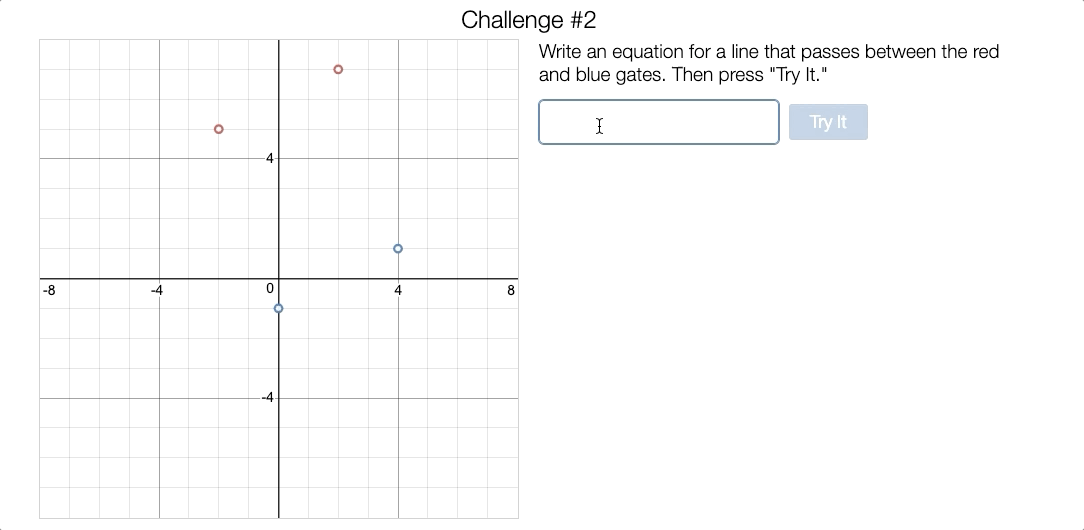We know that feedback is valuable. It is necessary for helping students improve rapidly. But not all feedback is created equal.
For example, consider evaluative feedback in which the student is told whether their response is right or wrong. In many circumstances, this can be frustrating and unhelpful—especially if the student is really struggling to understand a concept. In such cases, “wrong” may offer no guidance for improvement besides “guess again”.
Quality feedback can be very time-consuming. Many edtech companies try to help by doing the evaluation. “Let the tech mark correct/incorrect. Instant feedback!” This side-steps—and occasionally exacerbates—the problems with evaluative feedback. More of something that isn’t working isn’t better.
For a different approach, let’s look elsewhere. Video game designers are pros at interpretive feedback. They know that it’s satisfying for a player to take an action and have the game respond. They recognize the value in showing rather than telling.
Here’s what a video game would look like with evaluative feedback.

Contrast that with how video games really work: interpretive feedback (both animations courtesy of Dan Meyer).

Video game designers recognize that there is value in showing players the consequences of their actions, especially when a goal isn’t achieved, because doing so helps players make adjustments.
We make digital math curriculum here at Desmos, and we work hard to offer interpretive feedback when we can. If we can show you what your answer means rather than simply whether it’s right or wrong, we’ll do that every time.
We show you whether your lines hit the coins in Coin Capture.

If you make mistakes in your computations in Picture Perfect, your pictures won’t hang properly on the wall.

And we show you whether your line goes through the gates in Linear Slalom.

In those three activities, and so many more, interpretive feedback is this week’s Friday Fave.
